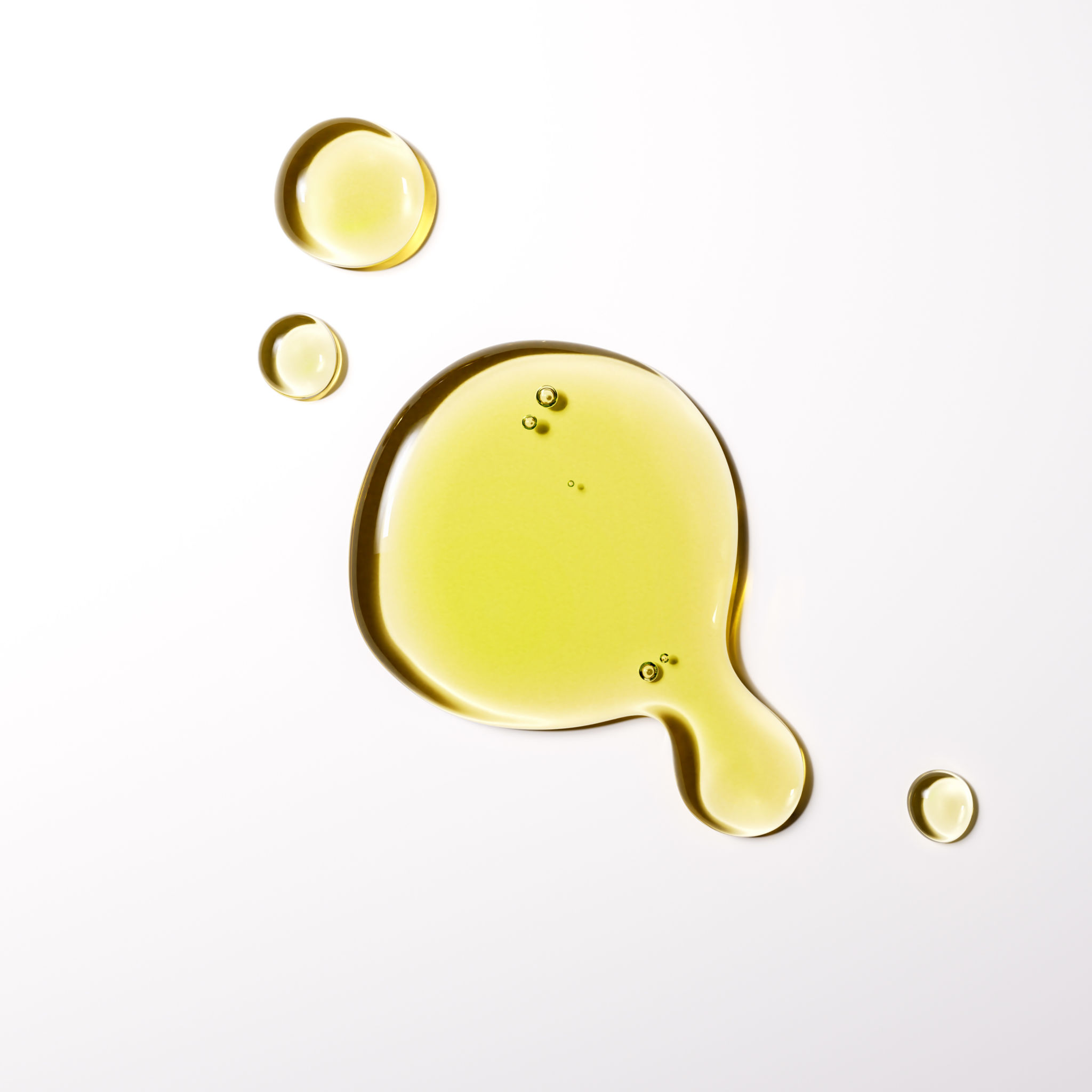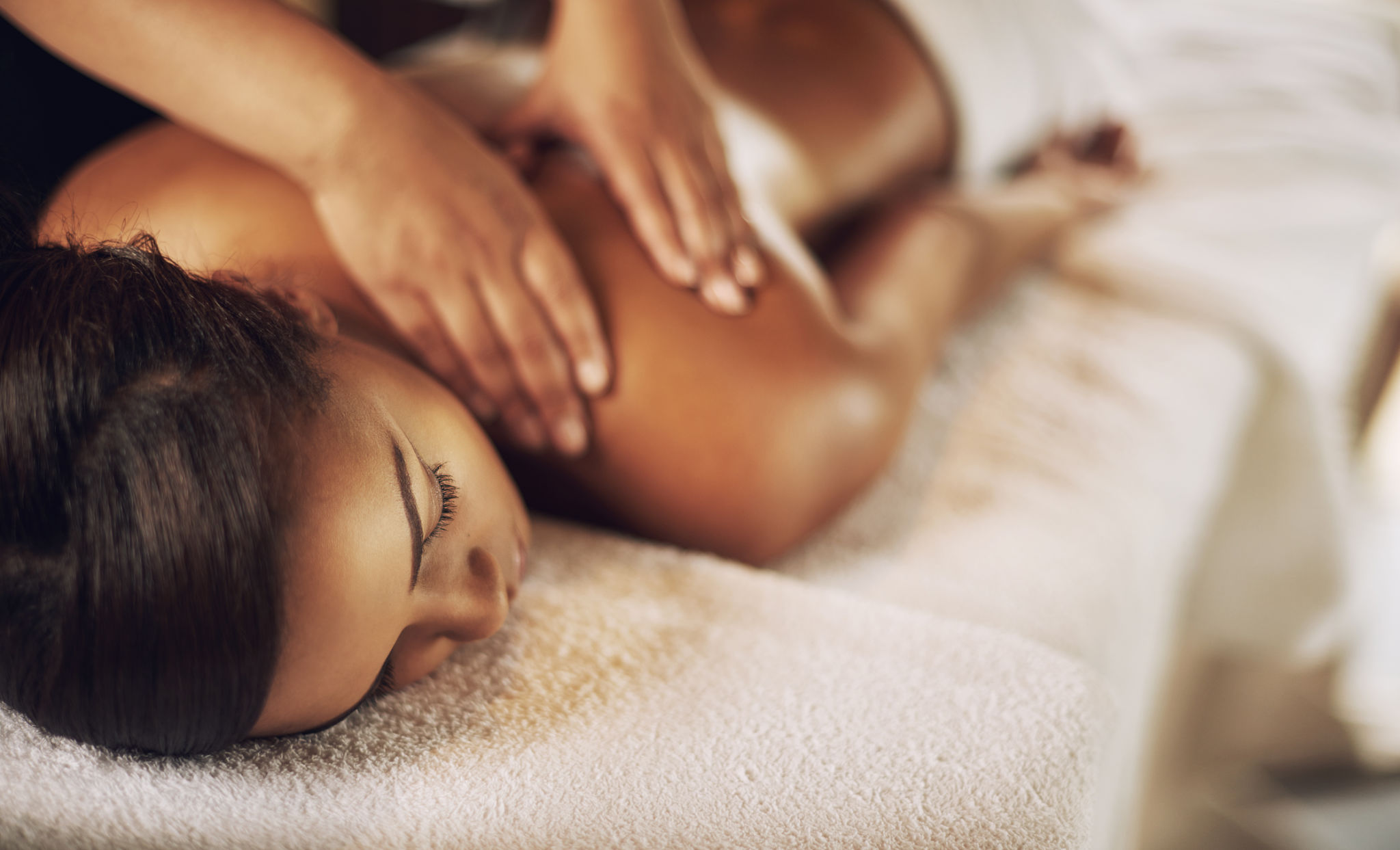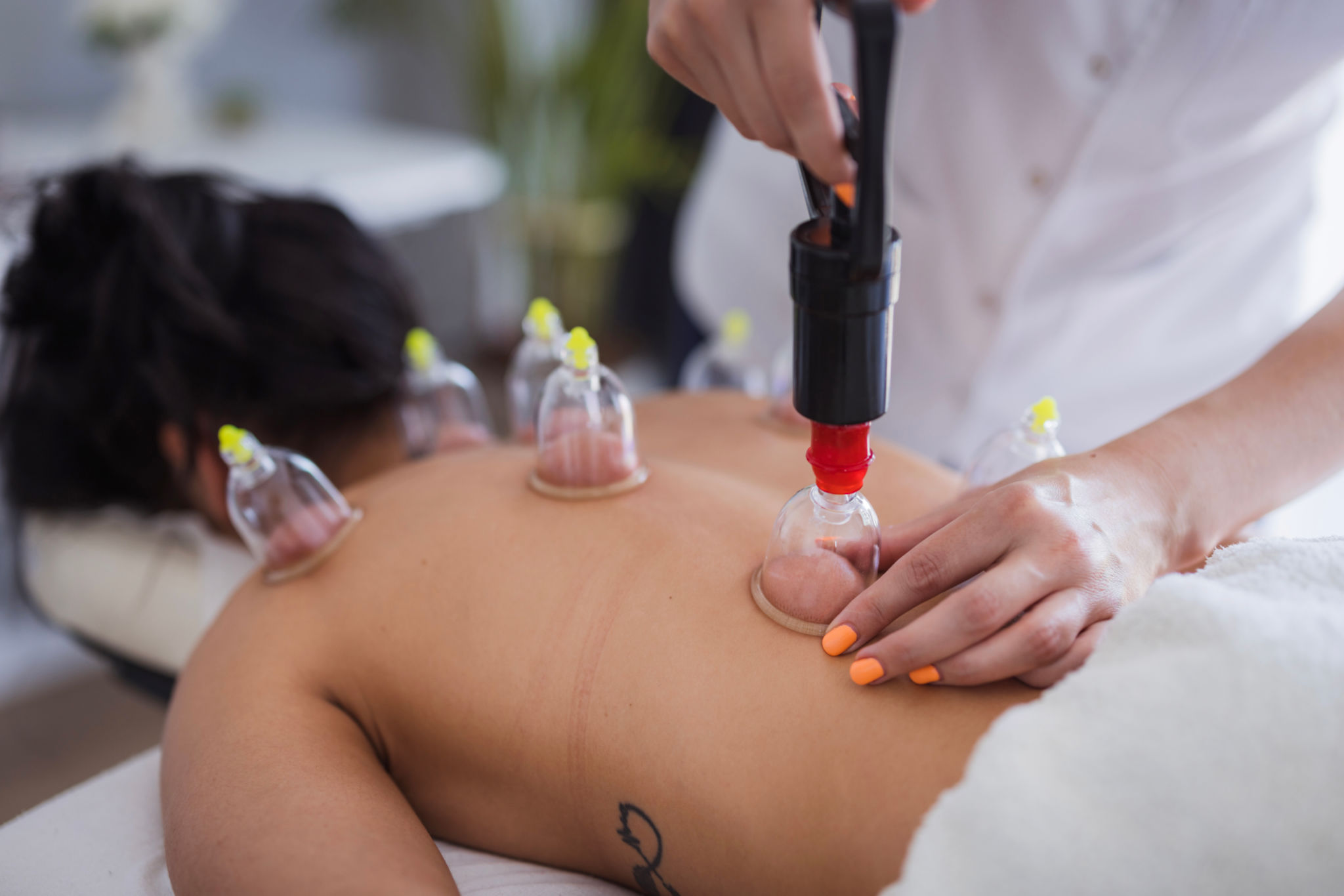Comparing Wellness Techniques: Aromatherapy vs. Traditional Massage
Introduction to Wellness Techniques
In the pursuit of holistic health and well-being, many individuals explore various wellness techniques. Among the most popular are aromatherapy and traditional massage. Both methods offer unique benefits and can be incorporated into a regular wellness routine. In this blog post, we will compare these two approaches to help you determine which might be the best fit for your personal health goals.
Understanding Aromatherapy
Aromatherapy is a holistic healing treatment that uses natural plant extracts, often in the form of essential oils, to promote physical and emotional well-being. This technique dates back thousands of years and is rooted in ancient cultures that understood the power of scent in healing.
The benefits of aromatherapy are diverse. It is commonly used to reduce stress, enhance mood, improve sleep, and even relieve pain. Essential oils such as lavender, eucalyptus, and peppermint are frequently utilized for their therapeutic properties.

Exploring Traditional Massage
Traditional massage therapy involves the manipulation of soft tissues in the body to alleviate tension, pain, and stress. This practice also boasts a rich history, with roots in ancient China, Egypt, and Greece. By applying various techniques and pressure levels, massage therapists can target specific muscle groups to promote relaxation and healing.
Some popular types of traditional massage include Swedish massage, deep tissue massage, and sports massage. Each type offers distinct benefits, whether it's improving circulation, enhancing flexibility, or speeding up recovery from injury.

Aromatherapy vs. Traditional Massage: Key Differences
While both aromatherapy and traditional massage aim to enhance well-being, there are several key differences between the two. Aromatherapy primarily relies on the sense of smell and the therapeutic properties of essential oils. It can be experienced through inhalation or topical application, often without physical touch.
In contrast, traditional massage is a hands-on therapy that focuses on manipulating the body's muscles and tissues. It requires physical interaction between the therapist and the client, providing a tactile experience that can be deeply relaxing.

Combining Aromatherapy with Massage
Interestingly, aromatherapy can be combined with traditional massage to create a synergistic effect. Many massage therapists incorporate essential oils into their sessions to enhance relaxation and healing outcomes. This combination allows clients to experience the tactile benefits of massage along with the aromatic benefits of essential oils.
When choosing essential oils for a massage session, it's important to consider your individual needs. For example, lavender oil is known for its calming effects, while peppermint oil can invigorate and refresh.
Choosing the Right Technique for You
Deciding between aromatherapy and traditional massage ultimately depends on your personal preferences and goals. If you prefer a more passive experience that focuses on scent and mood enhancement, aromatherapy may be ideal. However, if you seek physical relief from muscle tension or stress through touch, traditional massage could be more suitable.
It's also worth considering any specific health concerns or conditions you may have. Consulting with a wellness professional can help guide you in selecting the most appropriate technique or combination of techniques for your needs.
Conclusion
Both aromatherapy and traditional massage offer valuable benefits that can significantly contribute to your overall well-being. By understanding their differences and how they can be combined, you can make informed decisions about incorporating these techniques into your wellness routine. Whether you choose one or both, embracing these practices can lead to a healthier, more balanced life.
